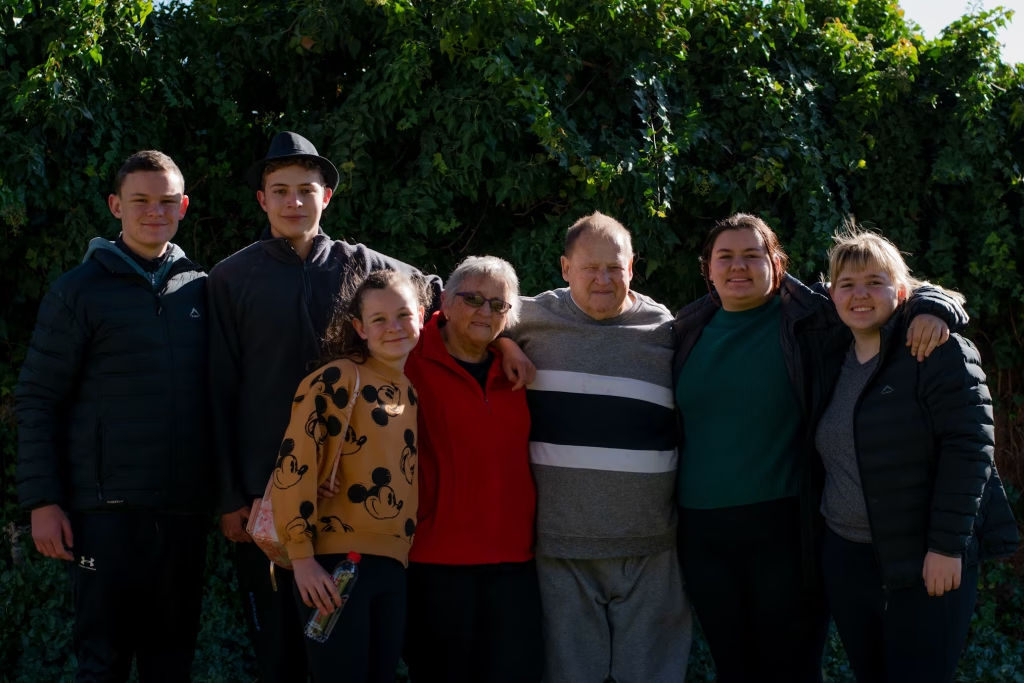We all recognize it when a film, book, or show captures the essence of an era—the fashions, values, conflicts, and emotions that echo a specific moment in history. Yet, some stories transcend their origins and continue to resonate with audiences decades or even centuries later. What distinguishes a time-bound narrative from a timeless one? Understanding these qualities helps creators craft stories that both speak to the present and endure through the future.
1. The Opening Hook: Why This Topic Matters
Picture this: you pick up a novel or watch a movie set in a bygone era—say, the 1950s. It’s charming, evocative, and perfectly captures that world. But after a short while, you find it distant, dated, and perhaps even boring. Other stories—like To Kill a Mockingbird, Pride and Prejudice, or Casablanca continue to move hearts, spark debates, and influence popular culture. They feel alive, even though they were written in another age.
So: what turns a story into a time capsule, and what transforms it into a classic that outlasts time itself? Let’s dive in.
2. What Makes a Story “Of Its Time”
2.1 Historical Signposts
Stories rooted in specific events or cultural moods—like Cold War paranoia, rise of social media, or 1990s teen angst—can feel deeply relevant to one era. The risk? Their references and concerns may lose meaning as society moves on.
2.2 Style and Language
Slang, dialogue rhythms, cultural cues—these can engross audiences now but date a piece quickly. Overuse of stylistic tics (like decade-specific jargon) will box a story into that era, making it feel stale to newer readers.
2.3 Ideological Context
Books with assumptions about gender roles, race, or technology that clash sharply with modern values may feel outdated—or even offensive over time.
Example: Mid-century novels can reflect outdated social norms that make them feel alien to today’s readers.

3. What Makes a Story Timeless
According to literary theory and storytelling experts, these core elements help narratives transcend time:
- Universal themes: love, courage, sacrifice, justice, identity—emotions and conflicts everyone can feel.
- Relatable, layered characters: complex personalities with real drives and dilemmas .
- Emotional truth: a resonance that connects deeply, regardless of era .
- Thoughtful structure and style: narrative techniques that maintain intrigue—foreshadowing, pacing, symbolism.
- High craftsmanship: compelling prose or dialogue that withstands linguistic shifts .
- Cultural adaptability: works that get rediscovered or reinterpreted across generations.

4. Universal Themes: Timeless Emotional Threads
4.1 Love and Loss
An eternal pair. Shakespeare’s Romeo and Juliet or Austen’s Pride and Prejudice retain emotional impact because the pain of love or its absence—echoes through all eras.
4.2 Identity and Justice
Stories like To Kill a Mockingbird delve into moral courage and self-discovery—questions everyone asks, regardless of age or time.
4.3 Courage and Sacrifice
From The Lord of the Rings to Casablanca, heroism and selflessness inspire and endure.
5. Well-Crafted Characters and Narrative
Characters who think, struggle, grow feel real across generations. Elizabeth Bennet, Atticus Finch, or Harry Potter still resonate because they’re fully human—flawed, striving, changing.
Similarly, storytelling with strong narrative techniques like foreshadowing and metaphor makes a story rich, layered, and memorable .

6. Emotional Truth: The Heartbeat of Timelessness
Experts like Valerie Lawson argue that emotional honesty is the secret sauce. When authors dig deep into universal human feelings, fear of losing trust, loneliness, longing—they tap into raw humanity. That’s what bonds people to a story forever.
7. Craftsmanship & Symbolism
High-quality writing helps a story transcend its time:
- Elegant language stays relevant and beautiful .
- Symbolism—like Gatsby’s green light adds layers that readers keep discovering .
These aspects turn reading into exploration, not just enjoyment.
8. Cultural Rediscovery and Audience Love
Many classics were not instant hits. Films like Casablanca, Citizen Kane, or books like Moby Dick only found widespread love later .
What propels them to timelessness? Strong themes + craftsmanship + reinterpretation by new generations. When people choose to relive and pass on these works, they become part of cultural memory.

9. Timeless vs. Era-Specific: Quick Comparison
| Feature | Time-Bound Story | Timeless Story |
| Language | Era-specific jargon | Elegant, clear, enduring prose |
| Cultural References | Often obscure over time | Rooted in universal human experience |
| Themes | Trendy or topical | Universal: love, justice, identity |
| Characters | Surface-level or archetypal | Complex, emotionally rich |
| Emotional Engagement | Momentary | Deep, lasting connection |
| Structure | Casual, era-influenced | Solid narrative craftsmanship |
| Adaptability & Rediscovery | Likely forgotten | Rediscovered and celebrated |
10. Why It’s Important to Know This
- For Creators: Balancing cultural relevance and timeless themes can help your work last beyond current trends.
- For Readers/Viewers: It explains why you cherish certain stories and maybe let others fade away.
You don’t need to avoid setting or references. But when a work anchors itself in themes that speak to the soul—beyond the present moment it earns a shot at lasting impact.
Final Thoughts: The Echo of Great Narratives
Stories that feel like mirrors to the human experience regardless of when or where are the ones that stick. The trick isn’t to avoid period detail but to combine it with universal emotional force, compelling character arcs, and narrative craftsmanship.
That’s what makes a story of its time and yet of all time.